These factors cover indirect emissions from the supply chain and include CO2, CH4, N2O and F-gas emissions.
Indirect emissions are those which are generated by other organisations as part of the process of providing goods and services to your company. They are classified as Scope 3 Upstream Value Chain Emissions by the GHG Protocol.
How to use these emissions factors
These factors are intended to be used primarily as a high-level diagnostic tool/for initial scoping/estimating. If you have more specific information about the supply chain emissions of any particular product then that source should be used instead. Such adjustments should be clearly documented in your footprint methodology.
The emission factors are for spending on different groups of products:
- Identify the amount spent on different product groups (in actual prices in £s, including VAT)
- Multiply the amount of spending by the conversion factor to get total emissions in kilograms of carbon dioxide equivalent (kg CO2e)
For example, if £1000 is spent on ‘textiles’ (in purchasers' prices) in 2022, then the factors calculate that 869 kilograms of CO2e were released during all stages of the production of these goods, including raw material extraction, processing, manufacturing, transportation, packaging etc.
Notes
These factors relate to upstream value chain emissions. They are similar to life-cycle emissions, but do not take into account direct emissions by your company, which may be included in life-cycle estimates (e.g. from the actual combustion of fuel by your company).
These factors can be used to produce indicative estimates of the Greenhouse Gas emissions relating to the production of goods and services purchased by your company. The estimates can only be indicative as they represent the average emissions relating to each product group, and the emission factors relating to specific products within the group may be quite different. If you have specific information about the supply chain emissions of any particular product then this source should be used instead.
The information derived from these factors can be combined with data on direct emissions, i.e. those relating to actual fuel use (e.g. litres of fuel used, or derived from mileage estimates).
FAQs
Are these factors directly comparable to those in the other models?
No. These emission factors are for the supply chain emissions of GHG resulting from the production and transportation of broad categories of goods and services. They express Scope 2 and 3 emissions as defined by the GHG Protocol. Because they encompass all the supply chain impacts (i.e. indirect emissions), these emission factors are not directly comparable with those from other models, which generally only include emissions from the point of use.
Can I use these factors to calculate emissions from energy use etc.
There are factors for a number of activities that are also covered in other models, such as:-
- coal
- fuels refined from crude oil
- mains electricity
- gas
- water
- various modes of transport
If you have more specific/detailed information for such activities (eg. kWh of electricity rather than just £ spend, etc.) you should make calculations of emissions using the emission factors in the other models, eg. for Electricity the UK Grid emissions factor for each kWh consumed, etc.
However, these factors may still be useful for a rough initial calculation of the relative importance of these activities in the first instance.
Which products are included in which categories?
The categories are based upon the Standard Industrial Classification (SIC): further information on the SIC 2007 is available here:
UK Standard Industrial Classification 2007 (UK SIC 2007) - ONS
Do the factors take into account emissions relating to imported goods?
The factors are for products supplied for consumption in the UK but do take account of the emissions relating to the production of products imported for intermediate consumption (i.e. those products that are used by UK industries in the process of supplying products for consumption in the UK.
Do the factors take into account emissions relating to the formation of capital assets used in making the products?
The estimates do not incorporate any allowance for emissions relating to the formation of capital assets, whether in the UK or overseas.
How were these factors calculated?
The factors are based on a model of the economy, known as the input-output model, which describes in monetary terms how the goods and services produced by different sectors of the economy are used by other sectors to produce their own output. These monetary accounts are linked to information about the greenhouse gas emissions of different sectors of the economy. For the factors in this Annex an input-output model of the world economy was used with two distinct regions - the UK and the Rest of World.
By using the input-output model, the industrial emissions are then attributed to final products bought by consumers. The result is an estimate of the total upstream emissions associated with the supply of a particular product group.
The supply chain emission factors are expressed on a purchasers' price basis in real terms (i.e. the actual sales price in that year including taxes on products and distribution margins).
The 2022 factors are based on the latest UK Footprint data published by DEFRA in 2022. Please note that there is a 3 year time lag producing the data, ie. 2022 factors are actually based on the 2019 UK Government Footprint Data, etc.
It is common to have a time lag in emissions factors, eg. the BEIS UK Government Grid Electricity factor for 2022 is actually based on emissions data from 2020.
It may be advisable to take subsequent price changes into account when using the factors. It should also be noted that emissions in more recent years may have changed because of subsequent changes in the structure and emissions intensity of the supply chain since.

We achieved Carbon Neutrality for Scope 1 & 2 Emissions in 2020
We aim to achieve Net Zero for Scope 1, 2 & 3 Emissions in 2035



